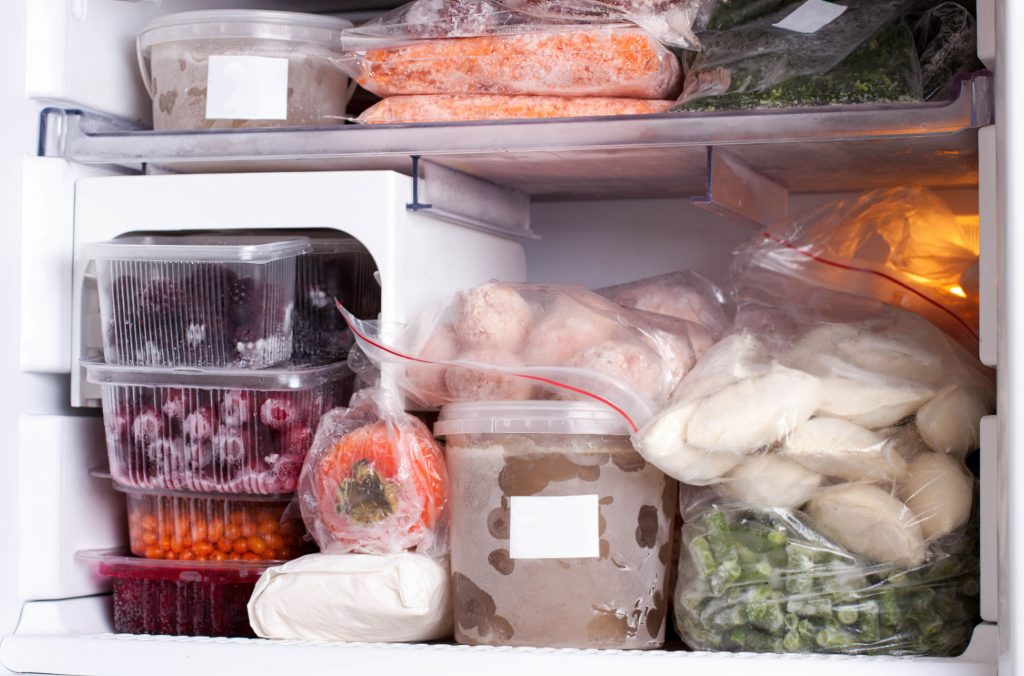Proper freezing techniques can help you save time and money, reduce food waste, and enjoy your favorite seasonal foods all year round. In this article, we’ll share some essential tips and recommendations to freeze various types of food, ensuring optimal taste, quality, and nutrition. Let’s dive into the world of smart freezing choices.
-
Content
Choosing the Right Containers

Selecting suitable containers is crucial for preserving your food’s quality during freezing. Opt for airtight containers, freezer-safe bags, or heavy-duty aluminum foil. Ensure that your containers are clean, dry, and properly sealed to prevent freezer burn and the transfer of odors.
-
Label and Date Everything
Before placing your containers in the freezer, label them with the name of the food, the date it was frozen, and any other important details. This will help you keep track of the contents, prioritize older items, and make meal planning easier.
-
Preparing Foods for Freezing
Different foods require different preparation methods before freezing. Here are some quick tips for common food items:
- Fruits and vegetables: Wash, dry, and cut into desired sizes. Blanch vegetables to preserve their color and texture.
- Meat and poultry: Trim excess fat and portion into meal-sized amounts. Wrap tightly in plastic wrap or aluminum foil.
- Baked goods: Cool completely and wrap individually in plastic wrap or foil. Place in a larger container or resealable freezer bag for added protection.
-
Organize Your Freezer
An organized freezer will help you find and access your frozen foods with ease. Group similar items together and place older items near the front to ensure they are used first. Be sure to leave space around containers for proper air circulation, which promotes even freezing.
-
Thawing Foods Safely
Proper thawing techniques are just as important as freezing methods. Thaw foods in the refrigerator, under cold running water, or in the microwave. Avoid thawing foods at room temperature, as this can encourage bacterial growth.
-
Freezing Dairy and Eggs
Though some dairy products and eggs can be frozen, it’s essential to know the best practices for each type:
- Milk: Leave some headspace for expansion, and shake well before using.
- Cheese: Hard and semi-hard cheeses can be frozen in blocks or shredded. Soft cheeses may lose texture and become crumbly.
- Butter: Freeze in its original packaging or wrap tightly in plastic wrap or aluminum foil.
- Eggs: Never freeze whole eggs in their shells. Instead, beat yolks and whites together or separate them and store in airtight containers.
-
Freezing Cooked Foods
Freezing cooked meals can be a lifesaver for busy weeknights. Follow these tips to ensure the best results:
- Cool cooked foods completely before freezing to avoid condensation and ice crystals.
- Divide into meal-sized portions for easy thawing and reheating.
- Store soups, stews, and sauces in airtight containers, leaving some headspace for expansion.
-
Safe Freezing Times and Temperatures
To maintain food quality and safety, adhere to the proper freezing times and temperatures:
- Set your freezer to 0°F (-18°C) or lower to ensure proper food preservation.
- Most fruits, vegetables, and meats can be stored for 6-12 months. Baked goods, dairy products, and cooked meals generally have a shorter freezing lifespan of 3-6 months.
- Always consult a reliable freezing guide or chart for specific freezing times and guidelines.
-
Avoiding Freezer Burn
Freezer burn occurs when moisture evaporates from the surface of the food, causing dryness and affecting taste and texture. To minimize the risk of freezer burn:
- Use airtight containers, freezer-safe bags, or heavy-duty aluminum foil.
- Remove as much air as possible when sealing bags or wrapping food.
- Freeze foods in small, uniform sizes to promote even freezing and reduce the risk of freezer burn.
-
Reusing and Recycling Freezer Containers
To save money and reduce waste, consider reusing and recycling freezer containers:
- Wash and dry containers thoroughly before reusing them.
- Choose reusable, eco-friendly options such as silicone bags or glass containers.
- Recycle plastic containers and bags according to your local recycling guidelines.
By following these additional guidelines, you’ll become a true master of freezing foods. Implement these tips to make the most of your freezer space, reduce food waste, and enjoy delicious, well-preserved meals all year round.

